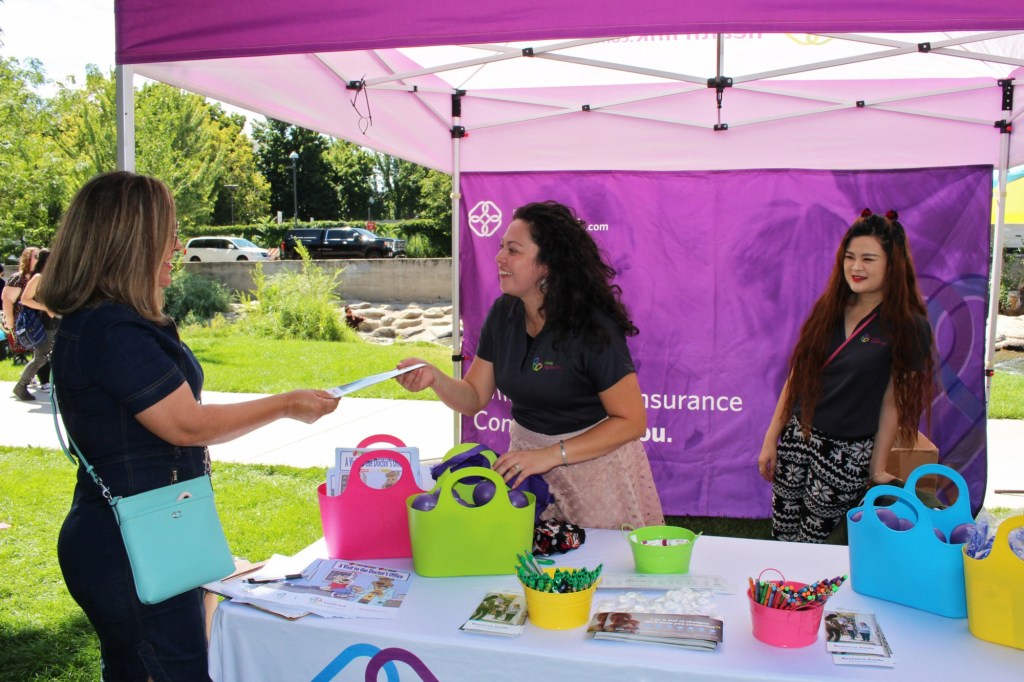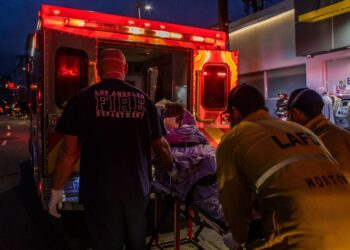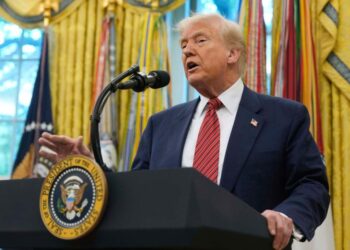Abby Madore covers a lot of ground each day at work.
A staffer at a community health center in Carson City, Nevada, Madore spends her days helping low-income residents understand their health insurance options, including Medicaid. Her phone is always ringing, she said, as she fields calls from clients who dial in from the state’s remote reaches seeking help.
It’s a big job, especially this year as states work to sort through their Medicaid rolls after the end of a pandemic-era freeze that prohibited disenrollment.
A few dozen specialists work for seven navigator organizations tasked with helping Nevadans enroll in or keep their coverage. Madore said she mostly works with people who live in rural Nevada, a sprawling landmass of more than 90,000 square miles.
Katie Charleson, communications officer for Nevada’s state health marketplace, said it’s always a challenge to reach people in rural areas. Experts say this problem isn’t unique to the state and is causing concern that limited resources will throw rural Americans into jeopardy as the Medicaid unwinding continues.
Recent data submitted to the Centers for Medicare & Medicaid Services shows 72% of people who have lost Medicaid coverage since states began the unwinding process this year were disenrolled for procedural reasons, not because officials determined they are no longer eligible for the joint state-federal health insurance program.
By late August, federal officials directed state Medicaid overseers to pause some procedural disenrollments and reinstate some recipients whose coverage was dropped.
Experts say those procedural disenrollments could disproportionately affect rural people.
A brief recently published by researchers at the Georgetown University Center for Children and Families noted that rural Medicaid recipients face additional barriers to renewing coverage, including longer distances to eligibility offices and less access to…
Read the full article here







